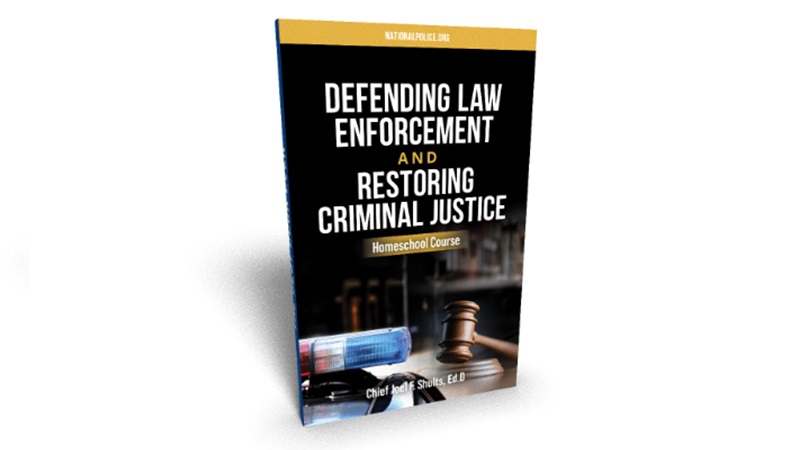
One might think we could know with some certainty how many police officers there are in the country, but we can only estimate somewhere north of 750,000. There are federal cops, state cops, county cops, city cops, special jurisdiction cops, limited authority cops, volunteer cops, part-time cops, and those with peace officer powers only when on a particular assignment. So, the total number at any given time is a bit of a moving target, if you’ll excuse the phrase.
We do know that since January 1st of this year through the first six months, 74 police officers have died in the line of duty by all manner of lethality. We do not have an accurate way of counting officer injuries or their severity, but this writer’s own survey shows that a majority of uniformed officers will suffer some harm or serious threat before the year is over, and likely multiple times.
A recent five-year average of fatal justifiable homicides by police indicates that by the end of June, it is likely that over 200 people have been the subject of lethal deadly force by police. The number who may have been wounded or who were able to be stopped by less than lethal means is not known but would be in many multiples. Based on both my study and a study published by the FBI, 70-80% of police officers have been in situations where deadly force would have been lawful and morally justified, but were able to resolve the matter otherwise. Conservatively, that means in over a half million deadly force situations, no suspect was mortally wounded, evidence of the restraint that officers use even at their own risk.
In fact, firearms are used (including just display) in fewer than .2 percent of arrests. With an estimated 540,000 arrests nationally in the first six months of 2024, that equates to only about 1,000 persons out of over a half million with the majority of those uninjured. In 10% of uses of force by police, the police themselves were injured. In nearly 2/3rds of arrest contacts officers reported using only conversational tones during the contact, according to a US Department of Justice report. Chemical spray was the most frequently reported weapon used by police to gain compliance with a resistive suspect, used in slightly over 1% of cases where force was used in an arrest.
Considering that police have likely made over 10 million traffic stops by the end of June and millions of other contacts of pedestrians, witnesses, victims, and various citizens, the perception of widespread unnecessary force – or justifiable force for that matter – is wildly inaccurate.
Police retirements averaged about three per every 100 officers at the beginning of this decade. That number has increased to over four officers per 100 annually by 2020. This doesn’t include officers who were not yet eligible for retirement but resigned anyway. Attrition continues to present a staffing challenge to police agencies large and small.
We know that policing is a hazardous profession, but law enforcement mental and physical health deficits are the greatest lethal threat. By July 1st, based on previous year averages, it is likely that nearly 100 law enforcement officers will have taken their own lives. Suicides are often underreported, so the number is likely higher if deaths are staged to appear to be natural or accidental. In addition to mental health issues, heart attacks are a large threat to current and retired police officers.
Law enforcement officers are 25 times more likely to succumb to heart failure than to be killed by a violent suspect. A Harvard study showed “…that police officers’ risk of sudden cardiac death was 34 to 69 times higher during restraints or altercations; 32 to 51 times higher during pursuits; 20 to 23 times higher during physical training; and 6 to 9 times higher during medical or rescue operations, as compared with routine or non-emergency activities. The researchers also found that SCD (sudden cardiac death) accounts for up to 10% of all U.S. on-duty police deaths. We don’t know how many off-duty and retired officers have died from duty-related cardiac stress in the first half of 2024, but it is not an insignificant number.
And we’re only halfway into the year.






